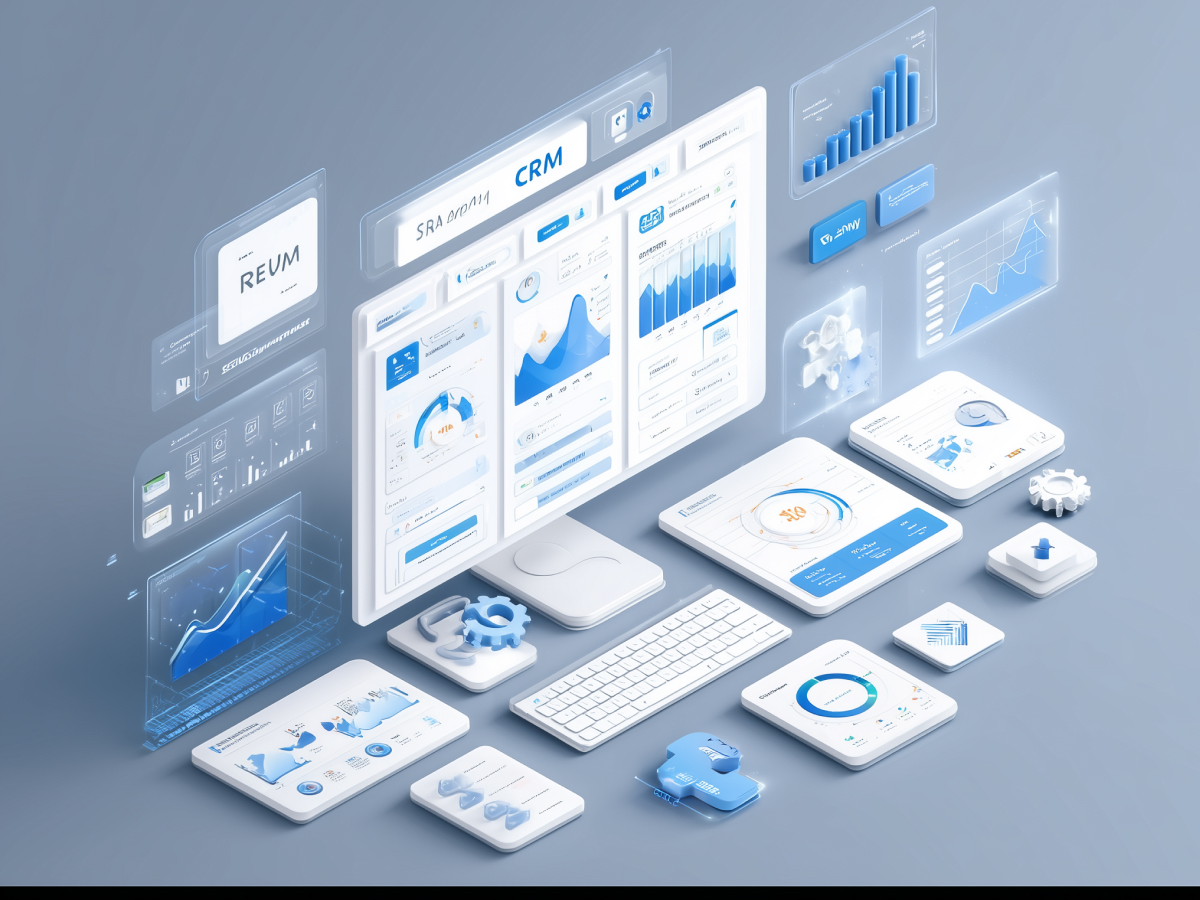Artificial Intelligence (AI) has evolved into a strategic asset for companies aiming to redefine customer experience. When implementing AI across marketing, commerce, and customer interaction, businesses can deliver more personalized, efficient, and responsive experiences.
Why AI is key for outpacing the competition
A study by IBM’s Institute for Business Value reveals that 75% of CEOs believe gaining a competitive advantage hinges on the adoption of the most advanced AI technologies. For these executives, generative AI represents a strategic priority, underscoring the belief that organizations with superior AI capabilities will dominate the market.
While AI-driven strategies are being endorsed at the highest levels, progress across organizations remains mixed.
Currently, 76% of senior executives are still either developing or finalizing their AI roadmaps, signaling that while leadership is pushing for AI implementation, many businesses are still in the planning or early adoption stages. Such a gap presents an opportunity for early movers to leverage AI for competitive gains before others catch up.
AI’s full potential in a connected marketing ecosystem
Generative AI and predictive AI offer distinct but complementary functions in marketing:
- Generative AI: Produces new content, whether text, images, or video, based on patterns identified from training data. This type of AI enables businesses to scale content creation efforts by rapidly producing high-quality assets tailored to different customer segments or specific market conditions.
- Predictive AI: Uses historical data to anticipate customer behavior, allowing marketers to make informed decisions on the types of content, products, or services likely to engage their audience. When making best use of machine learning, businesses can identify patterns in consumer behavior, increasing their ability to forecast trends, personalize offers, and optimize engagement.
Both types of AI can improve marketing effectiveness, but their true potential is realized when they function within a connected ecosystem, where insights flow between them.
Supercharge your AI with integrated tools that drive results
AI tools reach their full potential when integrated within a unified ecosystem that allows for fluid data sharing and real-time adjustments. In this ecosystem, businesses can combine the strengths of predictive and generative AI to improve performance across multiple touchpoints.
AI can analyze user engagement data to determine the most effective creative content. It can then generate variations of that content, test them in real time, and refine marketing strategies based on ongoing performance.
Integration creates a continuous loop of feedback, content optimization, and customer engagement, driving both short-term wins and long-term customer loyalty.
5 AI-powered strategies for your customer experience
1. AI-driven marketing
AI gives marketers the power to create more impactful campaigns by optimizing strategies at every stage. When analyzing data from past campaigns, AI identifies the elements that drive the highest conversion rates and average order values.
AI breaks down which content, images, and ad designs resonate most with different audiences.
AI also supports real-time adjustments based on performance metrics, helping marketers pivot strategies mid-campaign. Adaptability leads to higher engagement and more effective use of resources, as AI helps teams allocate budgets to the most promising channels and creative assets.
2. Personalization and tailored experiences
True one-to-one marketing is now possible, thanks to AI’s ability to continuously update customer profiles and preferences in real time. With each interaction, AI refines its understanding of individual customers, allowing it to serve personalized recommendations and experiences at scale.
Advanced AI tools can generate thousands of content variations, each tailored to the needs of individual customers. Whether through product suggestions, custom offers, or personalized messages, AI personalizes every interaction, boosting both customer satisfaction and brand loyalty.
3. AI-powered content creation
Content creation, traditionally a time-intensive process, can now be accelerated through AI. AI tools analyze past content performance, identify successful trends, and suggest which types of content are most likely to engage audiences. A data-driven approach makes sure that marketing teams focus on creating content that resonates with their target market.
When automating the ideation, design, and copywriting stages, AI shortens the content production cycle.
Teams can generate, review, and approve content in a fraction of the time, enabling them to deliver fresh, relevant content to customers faster.
4. Create smooth customer journeys
Mapping the customer journey is a complex task that AI simplifies by analyzing large datasets to pinpoint the most effective touchpoints and interactions. AI’s real-time processing allows for dynamic customer journeys that adapt to individual behaviors and preferences, creating a seamless experience across platforms.
AI fine-tunes each stage of the journey—from the initial touchpoint to conversion—based on real-time engagement data, making sure that every interaction feels personalized and relevant.
5. Test smarter, not harder
AI’s ability to generate multiple content variations makes it ideal for testing different messages, images, and formats across various market segments. Instead of relying on a one-size-fits-all approach, AI allows marketers to test at scale and in real time.
Continuous testing processes give marketers immediate feedback on which variations perform best, helping them to refine strategies quickly for maximum impact. The result is more accurate market insights and higher overall campaign success rates.
How industry leaders are using AI to win over customers
Canon USA
Canon USA uses Adobe Commerce’s predictive AI to craft personalized shopping experiences for niche segments like night and wedding photographers. AI-driven personalization improves product discovery, dynamically directing users to accessories and related products that meet their specific needs.
When making the shopping experience more relevant, Canon increases the likelihood of conversions and customer satisfaction.
IBM
IBM uses Adobe Firefly’s generative AI to simplify its marketing efforts, generating 200 assets and over 1,000 marketing variations in just minutes. Rapid content creation led to 26x higher engagement compared to previous campaigns, while also reaching a valuable audience, 20% of respondents were C-level decision makers.
IBM’s use of AI demonstrates the speed and scale at which businesses can operate when AI is integrated into their creative workflows.
Adobe’s AI stack makes marketing and commerce integration easier
Adobe’s martech stack integrates generative AI (Firefly) and predictive AI (Sensei) to provide a cohesive solution for businesses looking to streamline their marketing efforts. These AI models work together, exchanging data to improve performance across multiple stages of the customer journey.
Firefly handles content creation, while Sensei focuses on making predictions based on data, creating a two-way flow of information that enhances overall marketing results.
Adobe’s API Mesh simplifies the integration process by connecting AI-powered solutions with systems like CRM, ERP, and POS. This makes sure that businesses can incorporate AI into their existing workflows without the need for complex custom connectors.
Pre-built integrations further reduce setup time, making it easier for companies to get started with AI-powered marketing strategies.
Key takeaways, the future is now
A fully integrated AI-powered ecosystem provides real-time insights into customer behavior and anticipates needs and adapts strategies dynamically. AI helps businesses tailor content and recommendations based on a continuous stream of data, making sure every customer interaction is timely and relevant.
For businesses, time is of the essence. Companies that integrate AI into their marketing and commerce workflows now will gain a decisive advantage over those still in the planning phase.
Adopting AI delivers a two-fold benefit: improving operational efficiency and enhancing customer experience, which in turn strengthens brand loyalty and drives revenue growth.
Partnering with providers like Adobe, who offer integrated AI tools and easy-to-use APIs, is an effective first step. These solutions help businesses quickly incorporate AI into their workflows, offering a fast track to improved customer experiences and better business outcomes.





